Talk Overview
Dr. Chris Voigt explains that, for synthetic biologists to engineer cells that can make complex chemicals or perform complex functions, they must be able to tell the cell which genes to turn on and at what time. To do this they build genetic circuits composed of a series of gates that respond to a specific input with a specific output. Voigt’s lab has developed a library of gates that can be interconnected, will function robustly and will not interfere with each other. In addition, they have developed software that lets users arrange the gates to form a circuit of their choice. The software provides DNA sequence encoding the genetic circuits, and the DNA can be synthesized and inserted into a cell. Voigt’s lab has successfully built and tested genetic circuits in many cell types to make many products.
Speaker Bio
Chris Voigt
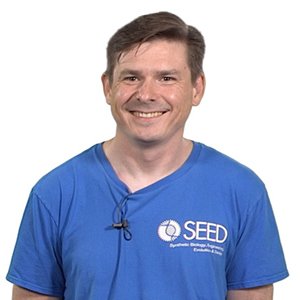
Chris Voigt obtained his Bachelor’s degree in chemical engineering from the University of Michigan and his PhD in biochemistry and biophysics from the California Institute of Technology. We was a postdoctoral researcher at the University of California, Berkeley and later joined the faculty at the University of California, San Francisco. In 2011, he joined the Department… Continue Reading
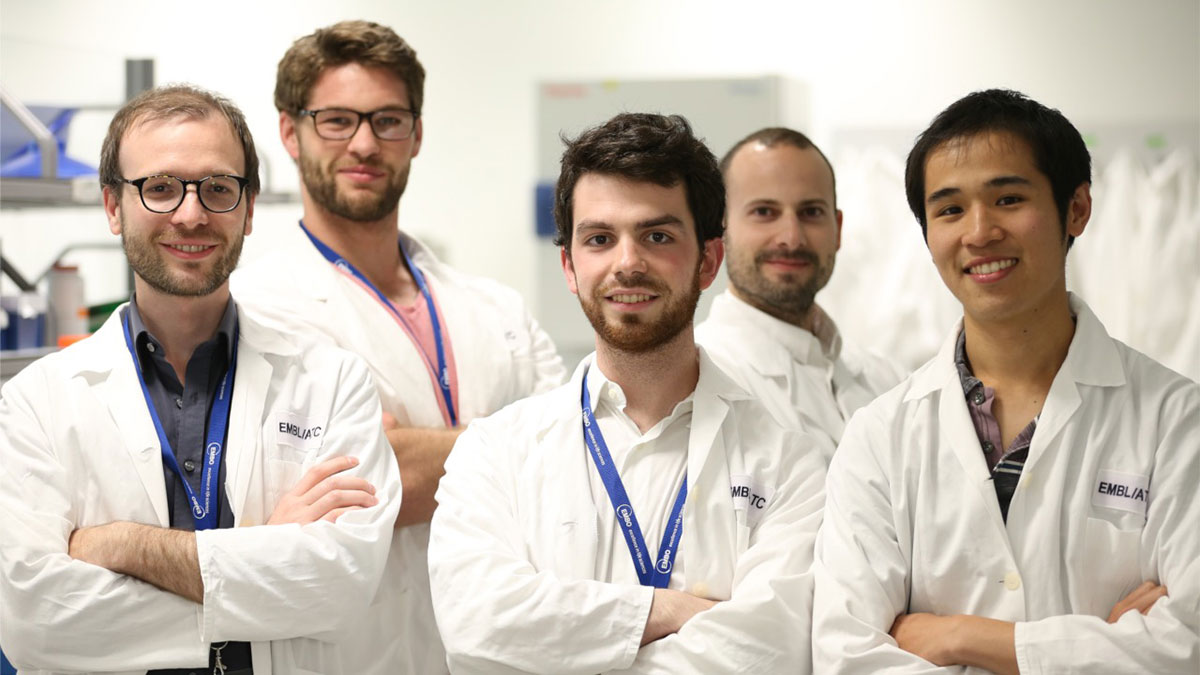
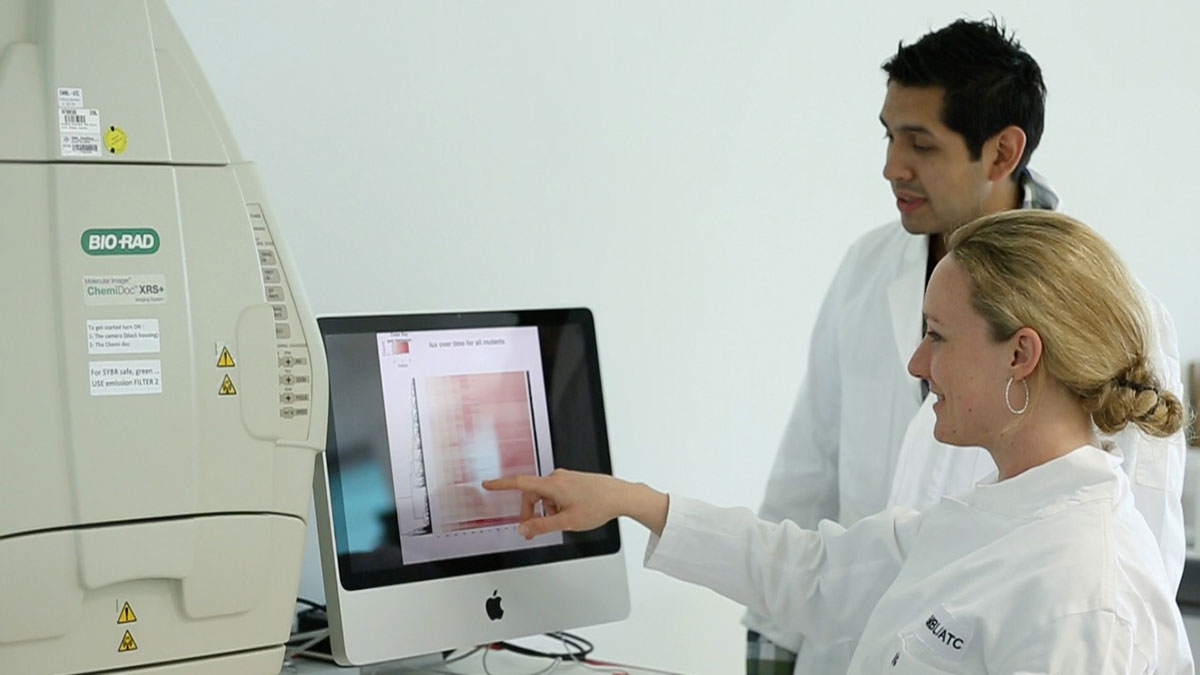
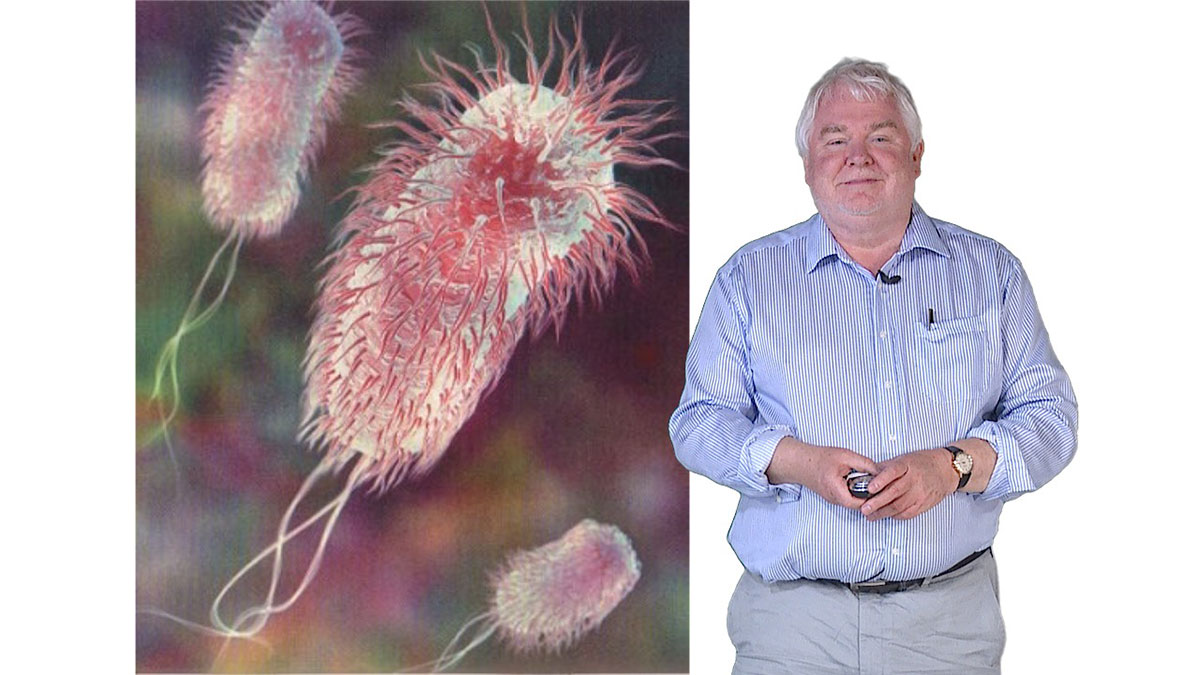
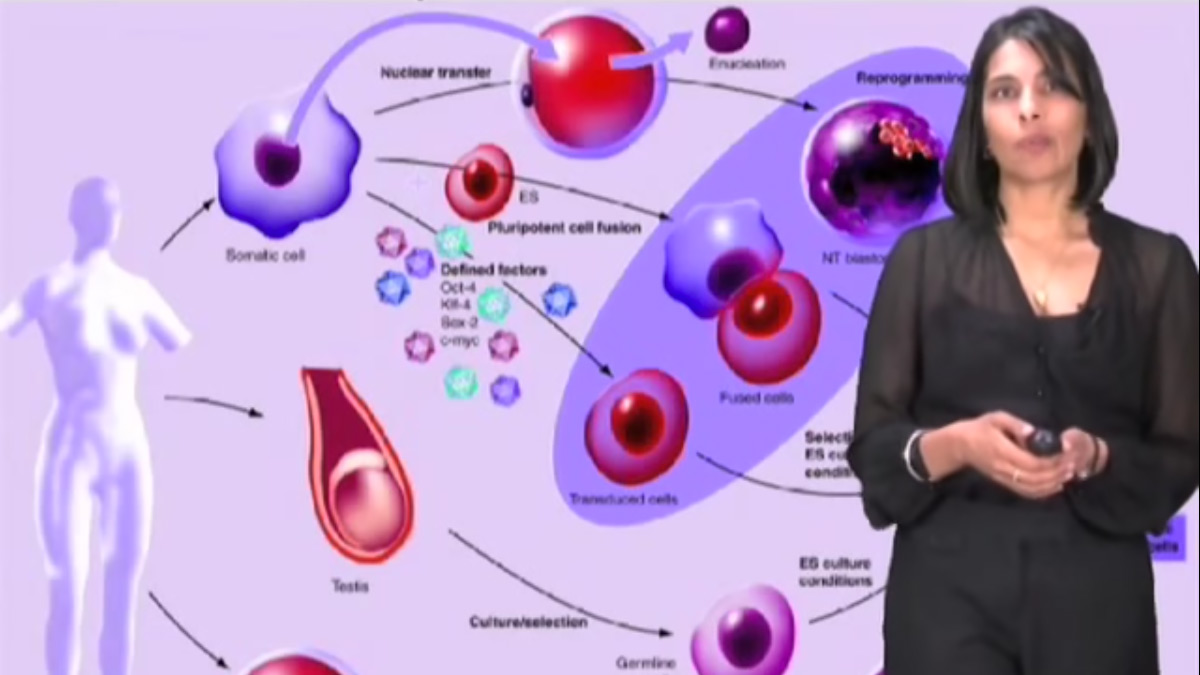
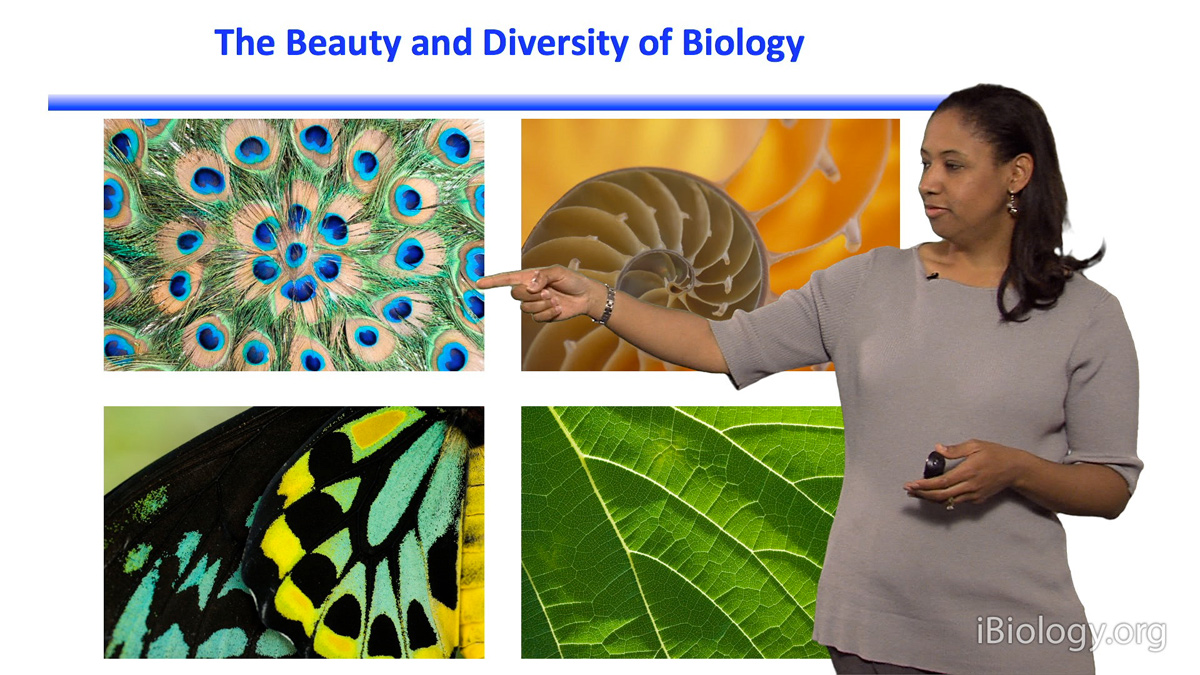
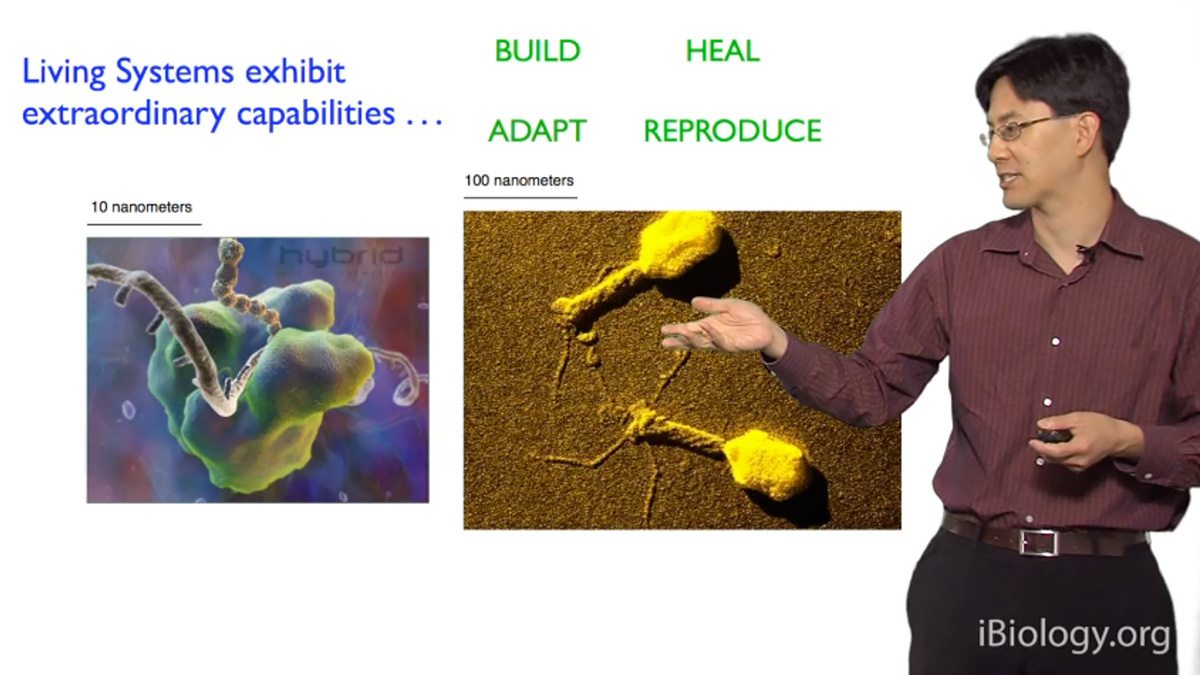





[…] all other bacteria, cyanobacteria has different genetic circuits, which tell the cells what outputs to produce. Our team genetically engineered the bacterial DNA so […]